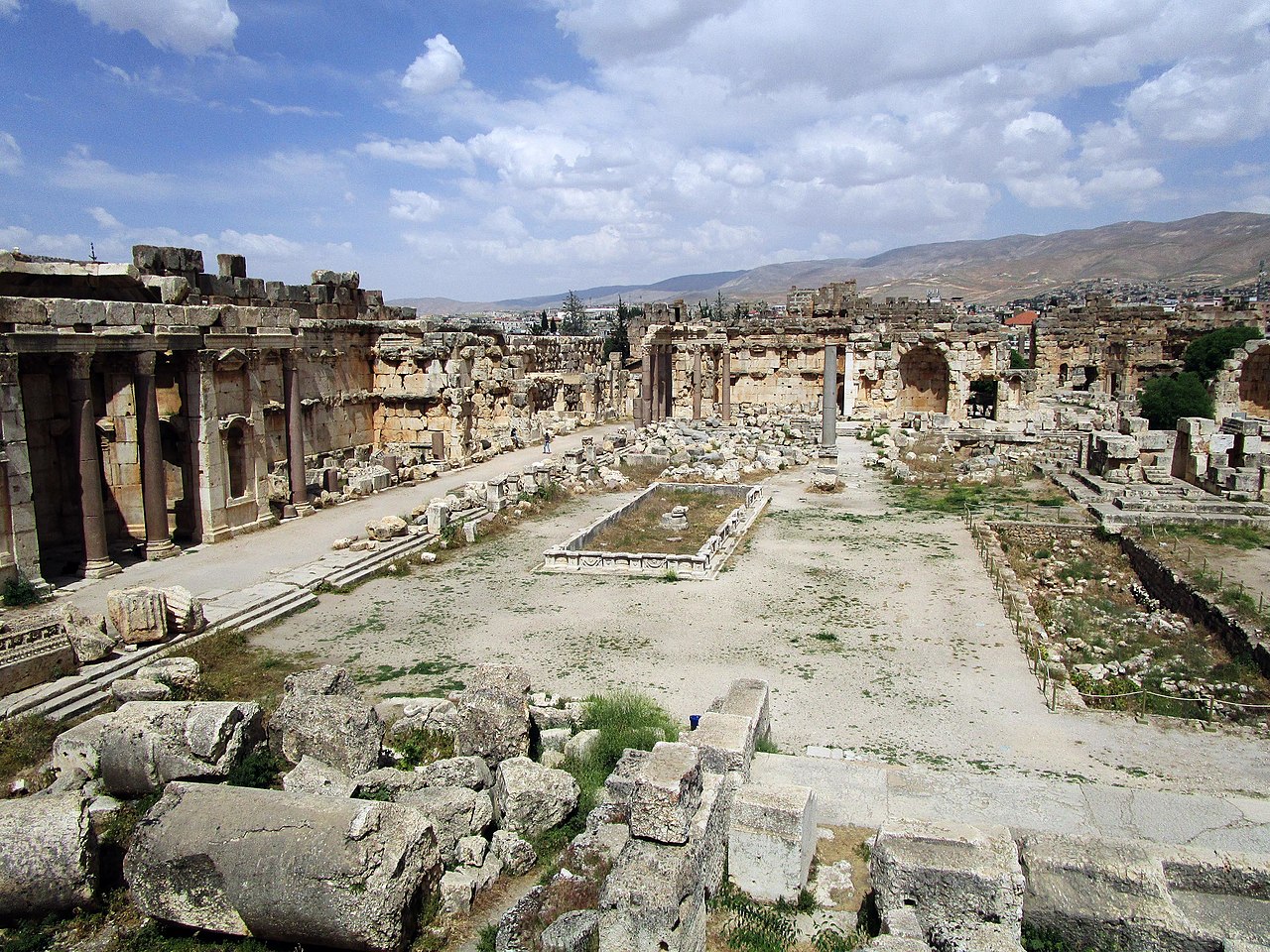Baalbek, located in the Beqaa Valley of Lebanon, is an ancient city steeped in history, mystery, and architectural grandeur. Renowned for its magnificent Roman ruins, including the Temple of Bacchus, the Temple of Jupiter, and the Temple of Venus, Baalbek stands as a testament to the ingenuity, craftsmanship, and cultural richness of the civilizations that once thrived in the region.

The history of Baalbek dates back over 5,000 years, with evidence of human settlement found in the area dating back to the Bronze Age. However, it was during the Roman period that Baalbek reached its zenith, serving as a prosperous and cosmopolitan city known as Heliopolis, or the “City of the Sun.”

The crowning glory of Baalbek is undoubtedly its magnificent temples, which are among the largest and best-preserved Roman ruins in the world. The Temple of Bacchus, dedicated to the Roman god of wine, is a marvel of ancient architecture, with its towering columns, intricate carvings, and majestic façade. Nearby, the Temple of Jupiter, dedicated to the king of the Roman gods, is equally impressive, with its massive podium, soaring columns, and intricately decorated friezes.

In addition to its Roman ruins, Baalbek is also home to a number of other archaeological treasures, including the Temple of Venus, the Temple of Mercury, and the Temple of the Muses. These ancient monuments are a testament to the city’s rich religious and cultural heritage, with each structure telling a story of the civilizations that once inhabited the region.

Beyond its archaeological significance, Baalbek is also steeped in myth and legend, with ancient texts and oral traditions recounting tales of gods, goddesses, and heroes who once roamed the city’s streets and temples. According to Greek mythology, Baalbek was founded by the god Baal, who chose the site as his earthly abode and bestowed upon it his divine blessings.
Throughout its long and storied history, Baalbek has been a site of pilgrimage, conquest, and cultural exchange, with numerous civilizations leaving their mark on the city’s landscape. From the Phoenicians and Greeks to the Romans and Byzantines, Baalbek has been shaped by a diverse array of cultures, each contributing to its unique identity and character.
Today, Baalbek continues to captivate visitors from around the world with its awe-inspiring ruins, vibrant culture, and rich heritage. The city’s archaeological sites, including the Temple of Bacchus and the Temple of Jupiter, are UNESCO World Heritage Sites, recognized for their outstanding universal value and significance to humanity.
In addition to its archaeological attractions, Baalbek is also known for its vibrant cultural scene, with festivals, concerts, and events held throughout the year to celebrate the city’s rich heritage and cultural diversity. From classical music performances at the Baalbek International Festival to traditional dance recitals and art exhibitions, Baalbek offers a wealth of cultural experiences for visitors to enjoy.
In conclusion, Baalbek is a city of unparalleled beauty, history, and cultural significance, with its magnificent ruins, rich heritage, and vibrant culture captivating visitors from around the world. From the towering columns of the Temple of Bacchus to the majestic podium of the Temple of Jupiter, Baalbek stands as a testament to the enduring legacy of the civilizations that once called this ancient city home.

